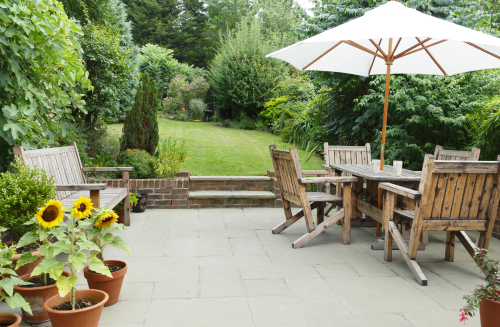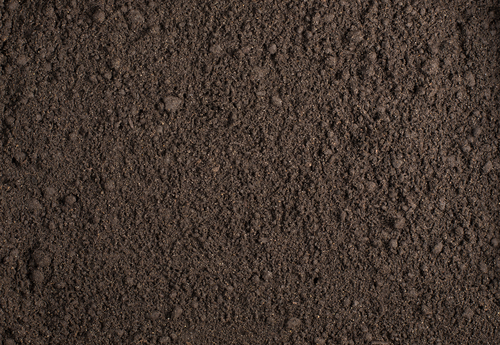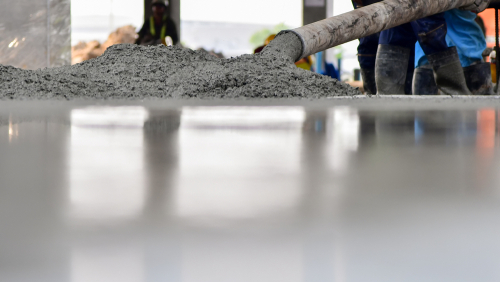 One of the first questions that contractors and homeowners constructing a patio should ask before they begin is how thick the concrete needs to be for the patio they are constructing. A patio that is not thick enough may not offer the support needed to effectively hold weight. On the other hand, a patio that is too thick may cause aesthetic concerns and lead to wasted costs.
One of the first questions that contractors and homeowners constructing a patio should ask before they begin is how thick the concrete needs to be for the patio they are constructing. A patio that is not thick enough may not offer the support needed to effectively hold weight. On the other hand, a patio that is too thick may cause aesthetic concerns and lead to wasted costs.
Of course, every patio construction is unique. The exact thickness of the concrete will depend on the specific factors of the patio, including the status of the soil beneath the patio, whether the patio will be in-ground or above ground and what will be placed on the patio. The following is an in-depth overview of how to determine the proper thickness of your concrete patio.
Planning What Will Be on The Patio
No two patios are the same. Perhaps the main factor in determining how thick the concrete should be for your patio is what you plan to use your patio for. If you are simply constructing a patio to boost home value and aesthetic appeal and have no intention of using it for practical purposes, then the thickness of the concrete will not be as important.
On the other hand, if you intend to use your patio for practical purposes, then you should ensure it is thick and properly supported to hold the weight it will bear without sinking or wearing down over time. There are many ways in which homeowners can utilize their patio, including:
- Cookouts
- Outdoor spa
- Seating area
- Display plants
- Poolside area
The manner in which the patio is utilized determines how much weight it will bear. For example, homeowners who intend to use their patio for activities that will require a lot of weight, like placing a hot tub on the patio, should ensure the patio is enforced with proper thickness.
Is The Soil Stable Enough?
 The stability of the soil underneath will also play a major role in how thick you should make your patio. Soil stabilization also affects how much reinforcement the patio needs to ensure it remains in the proper position for years to come after installation.
The stability of the soil underneath will also play a major role in how thick you should make your patio. Soil stabilization also affects how much reinforcement the patio needs to ensure it remains in the proper position for years to come after installation.
There are tests that you can perform to determine the stability of your soil underneath where you plan to place your patio. If you have concerns with the stability of your soil, then consult with a professional construction expert to ensure you have soil that is durable enough to withstand bad weather over the course of time. Construction professionals can ensure the right measures are taken to protect the underlying soil if there are concerns.
If the soil passes the stabilization tests, then you should be in the clear to allow for a thicker concrete patio, if desired.
Measuring for Gravel Base
You can support your concrete patio by adding a gravel base underneath it. The gravel base provides a barrier between the soil in the ground and the patio itself. It can strengthen the patio and allow it to hold more weight reliably.
It is essential to properly measure the gravel base. A mistake that occurs all too often for DIY homeowners is underestimating the amount of underlying gravel that is necessary. Once again, the amount of gravel depends on the purpose of the patio. A thinner patio will not need as much support as one that must hold more weight.
Each situation is unique, but the typical rule is to add the same size gravel base as the concrete slab. For example, if you are aiming to add four inches of concrete, then plan for four inches of gravel base. This is an important determination in determining the depth in which you need to dig for the concrete patio.
Determining Depth Needed to Dig
After you determine the quality of the underlying soil and measure for the gravel base below the concrete slab, you can then determine the depth that you will need to dig. For small, traditional patios, digging a total of 8 inches to allow for enough room for the gravel base and concrete.
 For larger patios, you may need more room for the added support, especially if you plan to place heavy objects such as patio tables or hot tubs on the patio. Of course, be sure to assess the specific purpose of your patio as it may affect the depth of the area being dug.
For larger patios, you may need more room for the added support, especially if you plan to place heavy objects such as patio tables or hot tubs on the patio. Of course, be sure to assess the specific purpose of your patio as it may affect the depth of the area being dug.
Another factor that may play a role in how deep you need to dig to provide the proper support is whether you want your patio suspended or on the ground. If you want your patio on the ground, then you may need to dig to a deeper depth or otherwise make the patio thinner.
Aiming for 4 to 8 inches of Concrete
You should aim to add between 4 and 8 inches of concrete, depending on the purpose of your patio. For patios that are not going to be used as often, a thinner 4-inch thickness should be enough to hold the necessary weight without leading to cracks and issues with the soil underneath.
If the concrete patio will bear more weight, then aim for between six to eight inches of concrete. This ensures it has the support it needs to remain durable over the course of multiple years.
Contact Dirt Connections
Reach out to our team at Dirt Connections to learn more about how to install a patio. We can help you build the perfect outdoor patio to allow for a fun and relaxing time outside during the warmer months.
Our experienced team understands how to determine the proper thickness for your home patio, and we can help make your construction ideas come to life, providing you with the expertise to make your design dreams come to life. We also offer deck construction as well, and we can help you decide which is best for you based on your preference, needs and budget.
Summary

Dirt Connections was started with one goal in mind: providing quality residential and commercial construction services to clients on time and on budget. Reach out for more information on how we can support your next project.
For your convenience our estimates are free and by appointment. Call 703-940-9949 for a free estimate today!









































